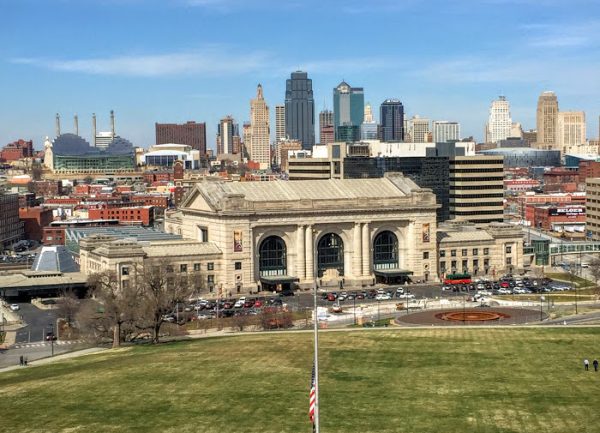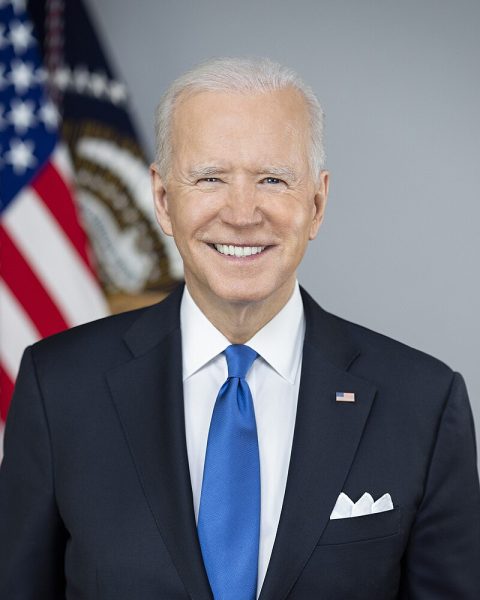Students question state of economy
The American economy is growing. Unemployment is low, the stock market is stable and the average consumer seems to have faith that these trends will continue. However, economic growth does not necessarily translate into greater gains for workers.
Until the 1970s, productivity and hourly compensation rose together. In recent years, this has not been true. According to the Economic Policy Institute, “Slow and unequal wage growth in recent decades stems from a growing wedge between overall productivity, the improvements in the amount of goods and services produced per hour worked, and the pay (wages and benefits) received by a typical worker.”
“It doesn’t seem like it’s good. I would like to buy a house and I don’t know if I can,” said junior Maya Walfall.
Even though the productivity of American workers has continued to rise, the minimum wage of those workers has stagnated. According Guilford College Economics Department Chair Bob Williams, this trend had been going for quite some time. The federal minimum wage has hardly changed since the 1970s, and few states have raised that wage on their own accord. Williams noted that this trend is “bigger than a president.”
While a sitting President can have enormous effect on economic policy, forces like the stock market and underemployment can be out of the control of Washington.
Even with this stagnation of pay, the U.S. economy continues to grow. GDP gets higher and profit margins get wider. The question then becomes, who is benefiting? It is the extravagantly wealthy? According to Matt Egan of CNN, in America, the top one percent income percentile now holds almost forty percent of all privately-owned wealth in America. By comparison, the bottom ninetieth percentile holds only about twenty percent of privately-owned wealth. This gap in income has developed over decades and only continues to worsen.
A specific policy that will increase the divide is the Jobs and Tax Cuts Act, passed in 2017. Titled, “An Act to provide for reconciliation pursuant to titles II and V of the concurrent resolution on the budget for fiscal year 2018,” this bill provided one of the most drastic tax overhauls in decades. Trump and other Republicans sold this as a tax cut for the middle class, but critics say the cuts are most helpful to the top one percent income percentile. The bill upholds the division of seven different tax brackets, and all of those brackets did receive a reduction on their taxes. However, the biggest cuts went to corporations. One of the most extreme changes in the bill is the corporate tax rate, which was formerly 35 percent and is now just 21 percent.
The hope is that when corporations earn and retain more money, they will create more jobs and spend those profits in their communities. The idea of trickle-down economics became very popular in the 1980s, with the help of then-president Ronald Reagan. However, this economic strategy rarely proves effective. There is little to no evidence that when upper management receives a bonus or increase in salary that hourly workers see these profits. According to the National Bureau of Economic Research, tax cuts for the one percent positively correlate with income inequality. The study titled, “The Top One Percent in International and Historical Perspective,” was done over three decades in multiple developed countries, all of which displayed the same trend.
Guilford students expressed mixed views about the state of the economy.
“Gas prices are going up, housing prices are going up. I am not that optimistic about the economy,” said junior Jarrod Ross. “Honestly I do feel that they have, because mine did, and I know a few family member’s whose wages have gone up.”
Economic growth is continuing, but whether or not that growth will translate into real increases in wealth remains to be seen.








